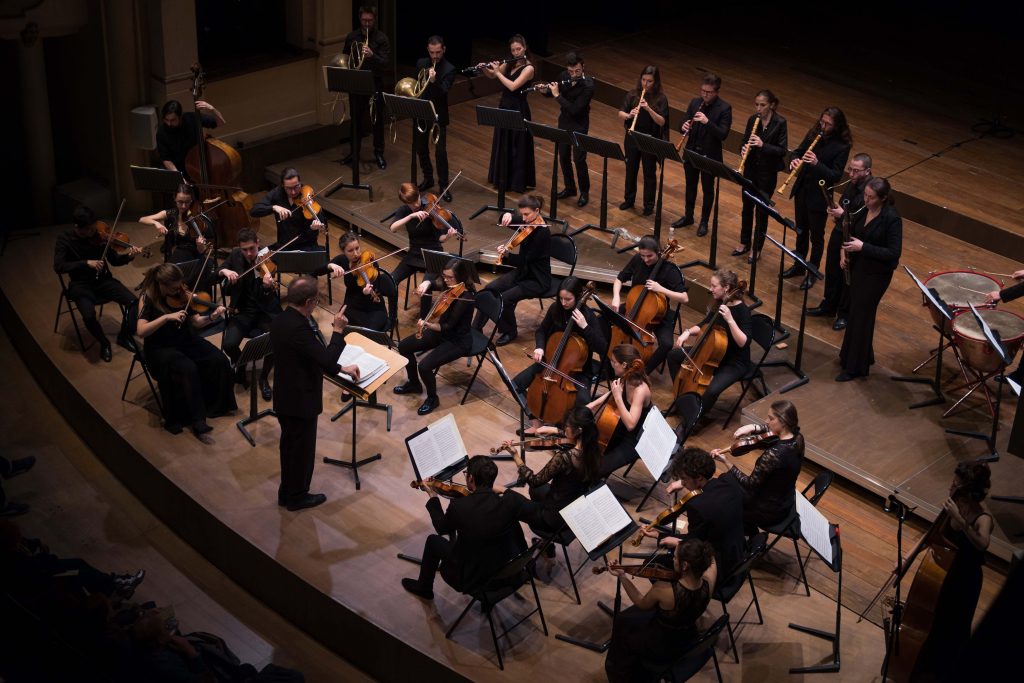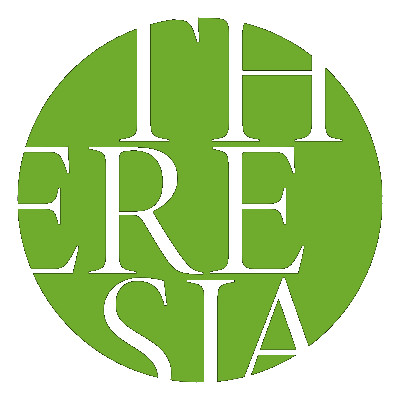
Do you know how many nationalities are composing Theresia Orchestra? Since its foundation, the project wanted to address young musicians from all over the world. This focus continues also today and has been confirmed during the recent auditions, held in Salzburg in July. There, not only the level of applicants was very high, but the number of applications was particularly high with musicians coming from many different countries, from Europe and beyond. Want to know more? Let’s give a look at the numbers!
This year’s orchestra is made of 8 musicians from Italy, 4 from both Poland and Spain, 3 both from France and United States, 2 from both Colombia and Cuba and 1 from a series of countries: Australia, Austria, Belgium, Canada, Costa Rica, Denmark, Ecuador, Hungary, Ireland, Japan, Mexico, Netherlands, Portugal, Romania, Russia, Switzerland, UK. Out of 43 musicians, 27 come from a country of the European Union. Though, among Theresia’s members who aren’t EU citizens, many of them study in a EU country, like a Colombian in Germany, an Australian in the Netherlands.
Theresia has been international from its very beginning, but the number of members coming from abroad has spread up during the years. In 2016-17, for example, Italian members were a huge majority, 26 out of 58, followed by 8 musicians from Spain, 7 from Poland, 4 from France and 2 from the Netherlands.
In the 2018-19 biennium, Italians were 14 out of 44, and other well represented countries were Spain (8), France (4) and Poland (3). Musicians from totally new countries, like New Zealand, were among the members, enlarging the number of represented countries.
Internationality is something at the very heart of the project, just as much as all the projects ICONS is working on. Settled in Italy, ICONS emphasizes the importance of philanthropy in the society, creating and supporting projects for young people to improve their skills in music, arts, and humanities. In this view, philanthropy is an open, connected and dynamic process, not limited to its own initiatives, but actively promoting the creation of a new cultural development model involving citizens, companies, organizations, and society at large.


